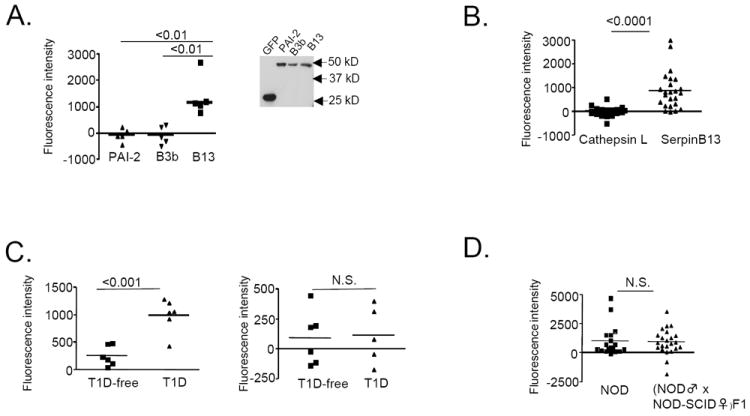Figure 3. Immune response to clade B serpins in T1D is confined to serpinB13.

(A) Serum binding activity for serpin PAI-2 (n=5), serpinB3b (n=5) and serpinB13 (n=5) in NOD mice. Data are expressed as fluorescent intensity (FI) units and represent the total FI minus the FI due to serum binding activity in the presence of beads precoated with a control lysate (293 T cells transfected with GFP). Insert: Western blot analysis of cell lysates expressing individual proteins and used to coat the beads. (B) Serum-binding activity for cathepsin L and serpinB13 in NOD mice. A mixture of 3 sets of fluorescent beads precoated with cell lysates expressing cathepsin L, serpinb13, or GFP (control) was incubated with serum samples from 4-to 5-week-old NOD mice. (C) Serum binding to serpinB13 (left) and secretagogin (right) in 12-week-old NOD SCID mice at 6 weeks after receiving an adoptive transfer of splenocytes (5 × 106 cells/mouse) isolated from normal (T1D-free, n=6) or diabetic (T1D) NOD mice (n=6). (D) Serum-binding activity for serpinB13 in the offspring of wild type and immunodeficient NOD mice. Blood samples were obtained for testing from all mice at 4.5 weeks of age. The number of animals examined was 19 (wild type) and 23 (immunodeficient). Serum binding assay and verification of protein expression (data not shown) in B, C, and D was performed exactly as described in A. Data are from one experiment and are representative of at least two independent experiments.
